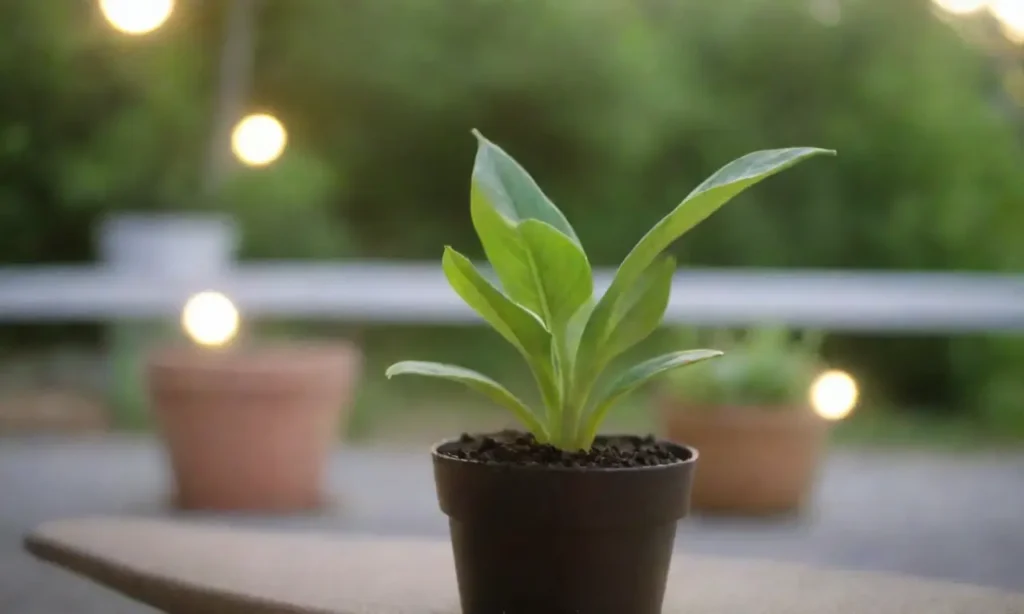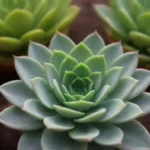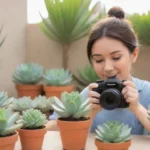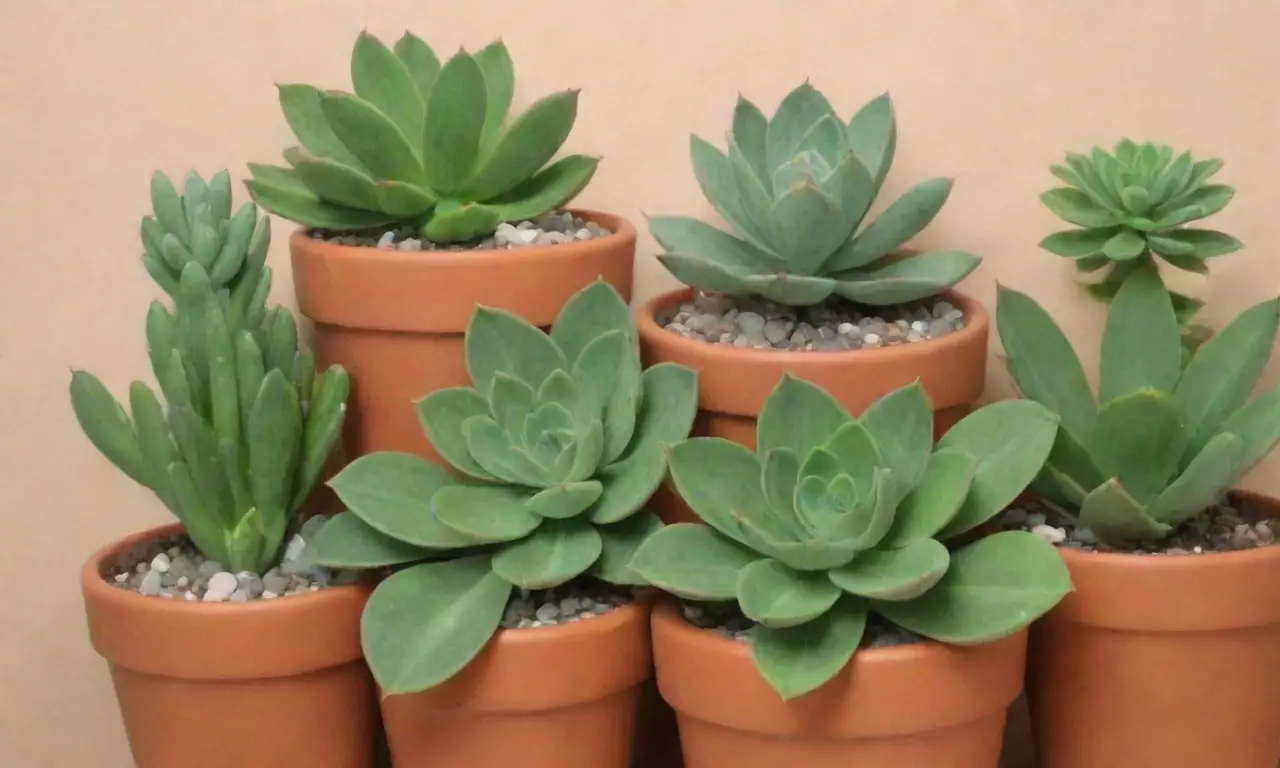Challenges in Succulent Photography and How to Overcome Them

Introduction
In recent years, the captivating world of succulent plants has garnered immense popularity among gardening enthusiasts and photographers alike. With their stunning shapes, vibrant colors, and intriguing textures, succulents present a unique opportunity for photographers to showcase nature's artistry. However, with the beauty of these plants comes a set of challenges that can test one's photography skills. This article aims to delve into the various hurdles that photographers may encounter while capturing succulent images and provide practical solutions to overcome these obstacles.
From lighting issues to composition challenges, there are numerous factors that can influence the final product of every succulent photograph. This article will guide both amateur and experienced photographers through the common difficulties in succulent photography, offering insights and techniques that can elevate their work and ultimately bring the beauty of these plants to life.
Understanding Lighting Challenges
One of the most significant aspects of photography is lighting, which can make or break an image. In succulent photography, fluctuations in natural light can especially be troublesome due to the delicate textures and colors of these plants. Direct sunlight, while seemingly favorable, can cause overexposure and harsh shadows, whereas low light can render colors dull and less vibrant.
Adequate lighting can be a challenge when dealing with succulents, especially those with intricate details. For outdoor settings, using early morning or late afternoon light can provide a softer glow that highlights the intricate patterns of the succulent's leaves. These “golden hours” envelop the subject in a warm, inviting ambiance that can enhance the natural beauty of the plants. For indoor photography, utilizing window light can provide the natural look that is often desired, while also avoiding the harshness of overhead lights that tend to wash out colors.
Additionally, reflectors can be a valuable tool in succulent photography. By directing light back onto the subject, reflectors can fill in shadows and provide a balanced light that highlights the succulent's finer details. You can use commercial reflectors or even simple materials, such as white poster boards or aluminum foil, to effectively enhance the lighting conditions. Understanding and manipulating the light can dramatically improve the overall quality of succulent photographs.
Working with Contrast and Color
Photographers often struggle with contrast and color balance in succulent photography due to the flora's delicate hues. Succulents range from deep greens to vibrant pinks, and the contrast between these colors can sometimes shift in unnatural ways depending on lighting. It is essential to focus on capturing the genuine colors of succulents while maintaining their unique textures.
Experimenting with white balance settings on your camera can significantly enhance color accuracy in your succulent images. By adjusting the white balance to complement the different lighting conditions, you can ensure that the colors appear as they do in reality. Similarly, post-processing can be an effective practice. Editing software allows photographers to fine-tune the color saturation and contrast to create striking images that encapsulate the beauty of the succulent.
 Engaging with Your Audience Through Succulent Photo Stories
Engaging with Your Audience Through Succulent Photo StoriesSelecting an appropriate background for your succulent photography is another crucial aspect that affects color disparity. A well-chosen background can enhance colors while maintaining the focus on the succulent. Opting for neutral and muted backgrounds can allow the vivid colors of the plants to stand out more effectively, providing a striking visual experience without distraction.
Composition Techniques for Stunning Succulent Photography
Achieving the right composition can be particularly challenging in succulent photography due to their often intricate shapes and unique forms. One fundamental technique is to consider the rule of thirds, which suggests dividing your frame into a 3x3 grid and placing your main subject at the intersection of these lines. This technique can create a sense of balance within the image and draw the viewer's eye to the succulent in a more engaging way.
Another compositional approach is to play with perspective. Experimenting with different angles can yield distinctly different photographs, transforming a common succulent into a compelling focal point. Taking photos from a bird's-eye view, or shooting at ground level, can change the perception of the plant while offering various depictions of its growth patterns and height. This method invites creativity and can help produce truly unique images that set your work apart from the typical succulent photography.
Additionally, incorporating elements of depth of field can enhance your composition by creating separation between the background and the succulent. Using a shallow depth creates an inviting backdrop that pulls the viewer's focus toward the subject, allowing for a greater emphasis on the succulent's beautiful details. Investing time in understanding how to effectively utilize apertures can lead to striking images that capture viewers' attention.
The Importance of Context and Storytelling
Another challenging aspect of succulent photography is the ability to infuse context and storytelling into your images. Capturing a solitary succulent against a plain background may lack the intrigue that comes with positioning it within a lively scene. By integrating other elements, such as gardening tools, soil, or complementary plants, you can create a narrative that entices viewers and draws them deeper into the natural setting.
Incorporating the environment can also present challenges in terms of clutter and competition. Finding a clean and balanced arrangement that doesn’t overwhelm the main subject is essential. Effective story-telling often hinges on finding just the right balance between the succulent and its surroundings, creating a visually appealing image while highlighting the charm of the plant.
In post-processing, you can further enhance the storytelling aspect by adjusting the color grading and textures to evoke a particular mood or feeling. A warm color palette can create a cozy and inviting atmosphere, while cooler tones may impart a sense of calm serenity. Being mindful of how these adjustments impact the story of the photograph can elevate your succulent imagery to new artistic heights.
 The Role of Patience in Capturing Succulent Photography
The Role of Patience in Capturing Succulent PhotographyConclusion

In summary, succulent photography can be both rewarding and challenging. With careful attention to lighting, composition, and the incorporation of context, photographers can successfully overcome the common hurdles that arise with this unique genre. The key to mastering succulent photography lies in the understanding of how these elements interact to create stunning images that capture the beauty of these resilient plants.
As photographers, embracing creativity and experimentation is essential in advancing one’s skills. Each challenge presents an opportunity for growth, enabling photographers to refine their techniques and develop their personal style. With practice and perseverance, anyone can produce remarkable succulent images that resonate with viewers and celebrate the alluring charm of these botanical wonders.
By continuing to explore these methods and principles, photographers can express their passion for succulents while sharing their amazement of nature through the art of photography. Ultimately, the journey of capturing succulents is not solely defined by the technical methods but also enriched by the connection formed between the photographer, the plant, and the story waiting to be told through each stunning shot.
If you want to read more articles similar to Challenges in Succulent Photography and How to Overcome Them, you can visit the Succulent photography category.
